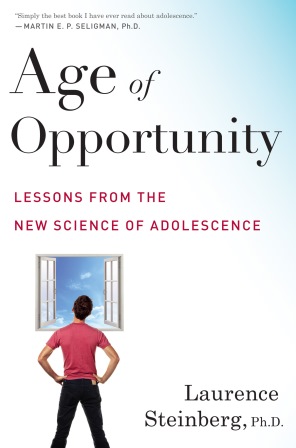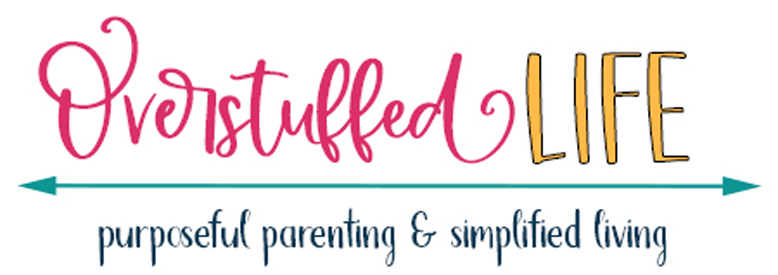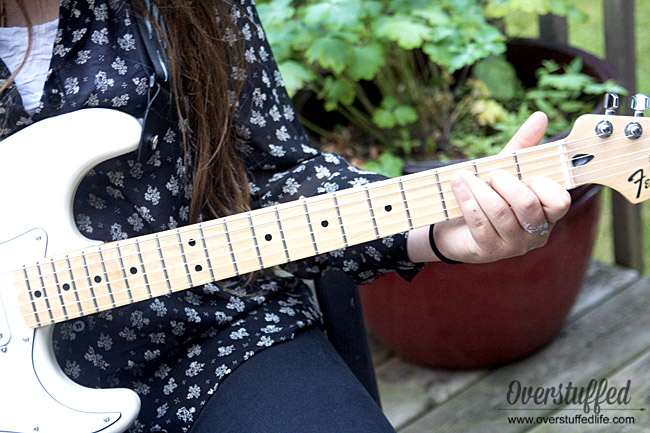Age of Opportunity: Lessons from the New Science of Adolescence
I am now the mother of a bona fide teenager. Fourteen years old, wonderful as can be, but still a teenager who struggles with all of the typical teenagery things. I am also the mother of a tween. She’s almost twelve years old now, but she has already entered adolescence.
Adolescence starts earlier than it ever did before, and it also ends later. Since I teach on the college level, I have the opportunity to work with late adolescents, and I believe that assessment to be true.

So does Laurence Steinberg, author of a new book titled Age of Opportunity: Lessons from the New Science of Adolescence. I wasn’t sure quite what to expect from this book when I began reading it, but I was hooked from the start. Steinburg’s writing is easy to understand and is captivating, even though he is writing much about scientific studies and findings.
I found the entire thing to be absolutely fascinating, and I learned so much about my children and what they are experiencing right now as they navigate their adolescence. I learned that their brains have a high level of plasticity during this time–that adolescent years are just as crucial in molding the brain’s development as the ages of 1-3.
As a parent, that is both scary and comforting. Comforting because teenagers really are incredibly teachable during these years (despite the way they may act), and scary because it is all up to me to teach them.
According to Steinburg, one of the most important things to teach your adolescent is the ability to self-regulate. Many of us have heard of the marshmallow test and its ability to predict the future success of those children in later life. Because of those findings, we have been led to believe that self-control is something you either have or you don’t—you get it via genetics and not by learning.
This is not true.
Here is an excerpt from the book regarding self-regulation:
“Changing the environment of an infant can have a profound effect on many aspects of the baby’s development, including his intelligence. Unfortunately, taking an intellectually dull adolescent and moving him into a stimulating environment will do little, if anything, to alter how smart he is. But moving an adolescent with poor impulse control into an environment that encourages better self-regulation can make a real difference. Studies show that even the most impulsive, aggressive juvenile delinquents can be helped to develop better self-regulation.”
Steinburg also cites many studies which show that self-regulation is far more important to the success of an individual than intelligence.
My favorite part of the entire book was the section on how we can do this as parents. He goes into great depth on each of the three parenting styles (autocratic, permissive, and authoritative) and shows why authoritative parenting is the type of parenting we should strive for. I know what I’ll be focusing on for the next ten years as I navigate the parenting of three adolescent females. I’m excited to read that section to my husband so we can really work on it together.
If you are currently parenting a teenager, or if you will be parenting one soon (and “teenager” starts around age ten these days, apparently), you will want to read this book. I personally loved all of the supporting research, along with the anecdotal stories, and I appreciate that it is written by one of the world’s leading experts on adolescence. He definitely knows his stuff!
Find out more about the author here:
Purchase the book here:
I was provided with a copy of this book from the publisher via TLC Book Tours. All opinions are my own.
This post may contain affiliate links, for more information, please see my disclosure.



